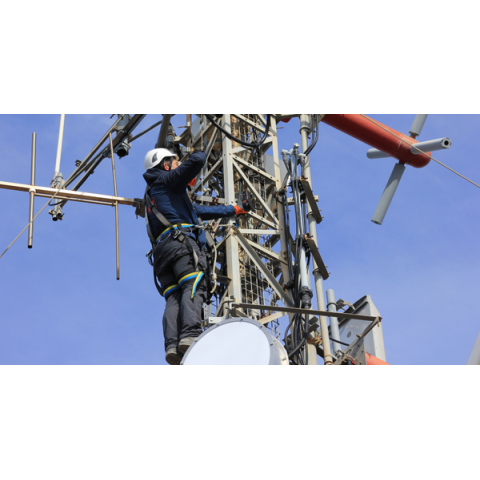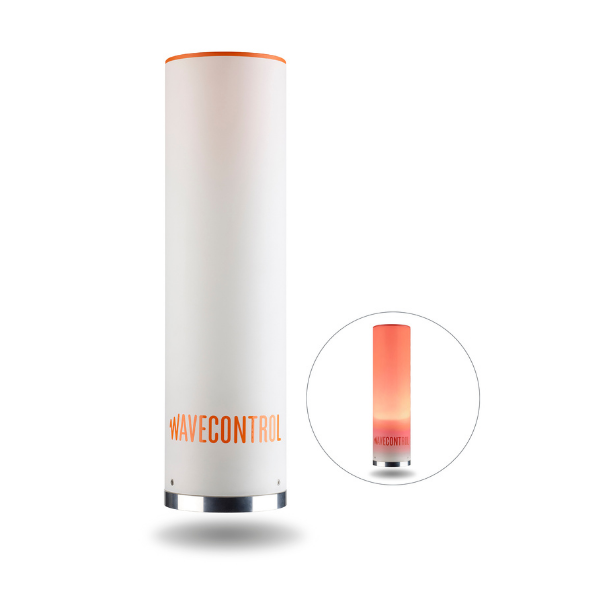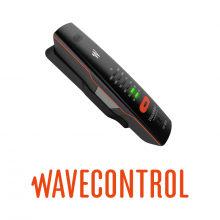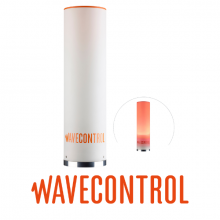Are Your Workers Safe from EMF Radiation?
There are many applications and situations in Australia, where electromagnetic fields (EMF) may be present.
There has been a significant amount of research over the last few decades into the effects that radiation from electromagnetic fields can have on the human body.
There are 3 categories of EMF fields:
- High Frequency EMF Fields
- Low Frequency EMF Fields
- Static EMF Fields
High Frequency EMF Fields
Health Effects of Exposure to High Frequency EMF Fields
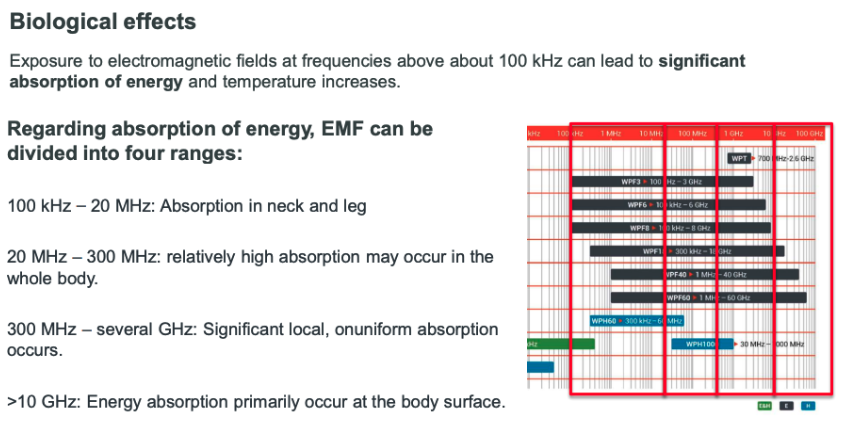
You can read ARPANSA’s standard for Limiting Exposure to Radiofrequency Fields – 100 kHz to 300 GHz HERE
Low Frequency EMF Fields
Health Effects of Exposure to Low Frequency EMF Fields
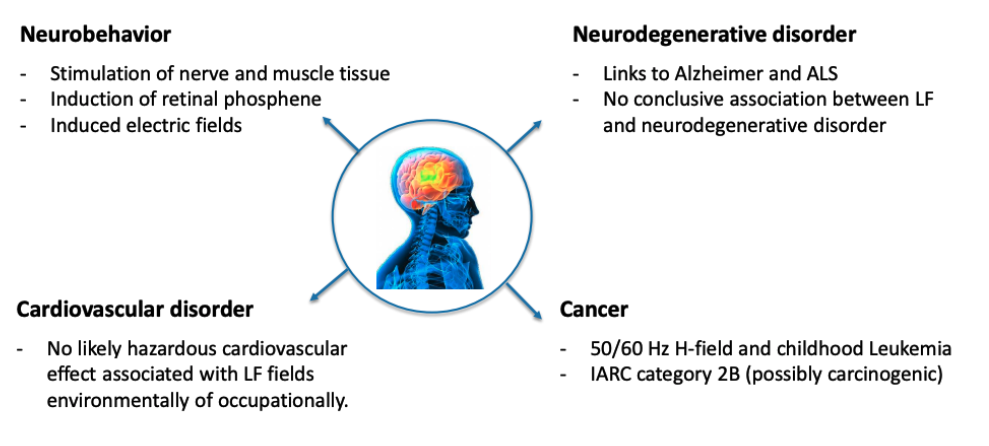
Unfortunately, there is not a single study that can give a meaningful answer to whether exposure to low frequency EMF fields leads to serious health effects.
For low frequency EMF fields, the Australian Radiation Protection and Nuclear Safety Agency’s (ARPANSA) guidelines follow those issued by the International Commission on Non-Ionizing Radiation Protection (ICNIRP).
These guidelines set out Basic Restrictions of exposure to electromagnetic radiation.
The Basic Restrictions include safety factors to ensure that, even in extreme circumstances, the thresholds for health effects are not reached.
|
Exposure to Head |
0.1 V/m |
| Exposure to Body | 0.8 V/m (rest of body) |
It may be difficult to measure the quantities shown in the above table. Therefore, Reference Levels have been published that are simpler to measure and can be used to demonstrate compliance with the Basic Levels.
| Exposure general | 1,000 uT |
|
Exposure |
10 kV/m |
Static EMF Fields
Health Effects of Exposure to Static EMF Fields
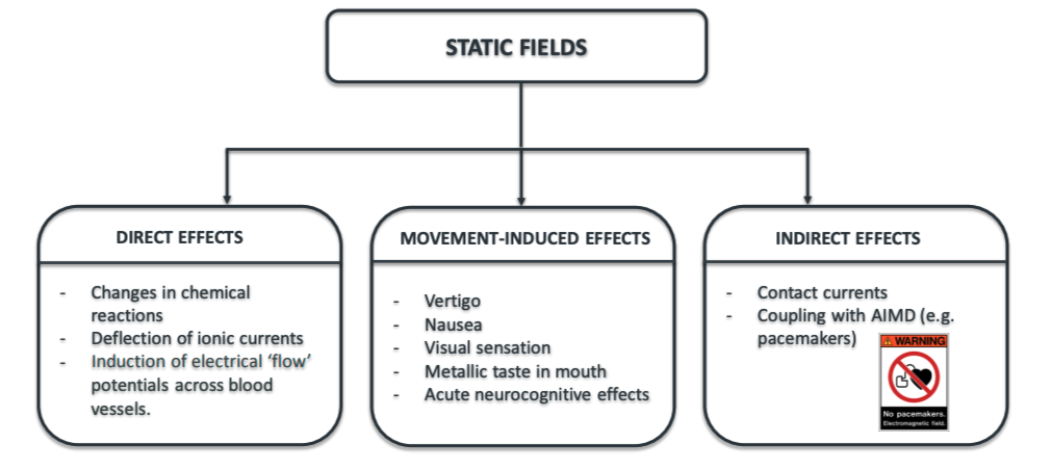
You can read ARPANSA’s Guideline for Limiting Exposure to Static Magnetic Fields HERE
Because workplace health and safety guidelines can evolve overtime. ADM Nuclear Technologies recommends that employers consult with their relevant State based OHSE government agencies and ARPANSA for up-to-date information on protecting workers from EMF radiation.
ADM Nuclear Technologies' expertise is in helping select suitable EMF monitoring equipment to ensure employers are providing a safe work environment.
EMF Monitors and Safety Technology
ADM Nuclear Technologies offers 3 types of EMF monitoring solutions:
- Handheld EMF Meters for taking measurements in the field.
- Wearable EMF monitors for employees working on or near mobile communications installations.
- Permanently installed EMF area monitors.
Handheld EMF Meters
When it comes to employee protection, ADM recommends that you use an EMF meter from a reputable manufacturer such as Wavecontrol.
Wavecontrol produces a wide range of probes that can be used with the Wavecontrol SMP3 to measure EMF fields that fall into any of the three categories above.
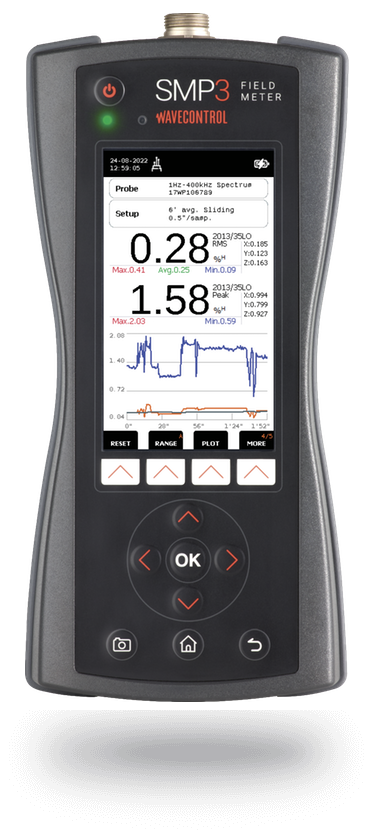
They have been designed to record measurements in line with recognised global EMF monitoring standards including the ICNIRP standards on which ARPANSA base their guidelines.
Wearable EMF Monitors
It is advisable for employees working on or near mobile telecommunications equipment to wear a personal EMF monitor.
There are 3 versions of the WaveMon available. One for each of the EMF fields discussed above.
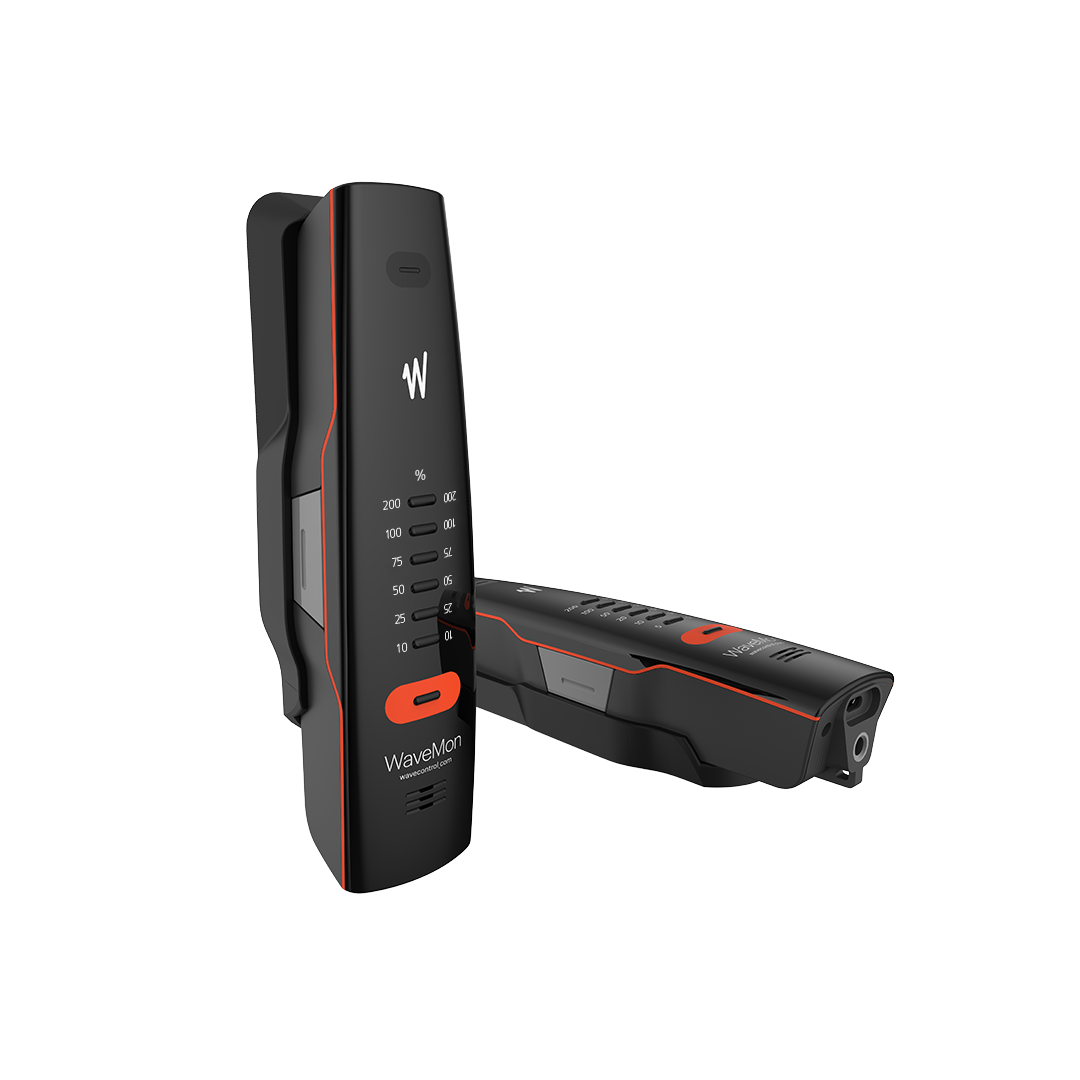
The WaveMon continual monitors any EMF fields in the environment and will give an immediate alarm to your employee if EMF levels are higher than the applicable reference levels.
The WaveMon RF-60-ARPANSA measures both E and H fields in near field conditions simultaneously on all three axes with the same intensity regardless of the direction of measurement.
It offers a weighted response to ICNIRP, European Directive 2013/35/EU, FCC, and Safety Code 6 (2015), with the possibility to obtain instant and average value as per the normative using a sliding windows average.
A built-in datalogger allows for the download and visualisation of the data in graph and table formats, with user configurable logging intervals.
As an option, an integrated GPS and altimeter will save data in the format: Date; Time; Value; Latitude; Longitude; and Relative height. This is particularly useful for employees working on communications towers.
Area EMF Monitors
Permanent EMF area radiation monitoring systems are ideal for the ongoing scrutiny of emission levels from electromagnetic radiation sources in both E (electric) and H (magnetic) fields.
Such radiation is present around DC or AC power infrastructure at low frequencies, and radio frequencies in the GHz range, such as mobile phone base stations and microwave links.
Wavecontrol manufacturers area EMF monitors for both outdoor use and indoor applications, such as monitoring EMF radiation in research facilities and university laboratories.
It is recommended that you seek assistance in selecting an EMF monitoring device for your particular application. You need to be certain that any EMF meter or monitor you select is suitable for the task at hand.
After all the best tennis racquet in the world will not help you win a round of golf.
Do not hesitate to contact ADM Nuclear Technologies. A member of our expert team will gladly answer any questions you may have.

